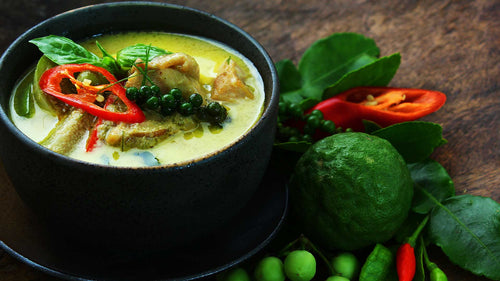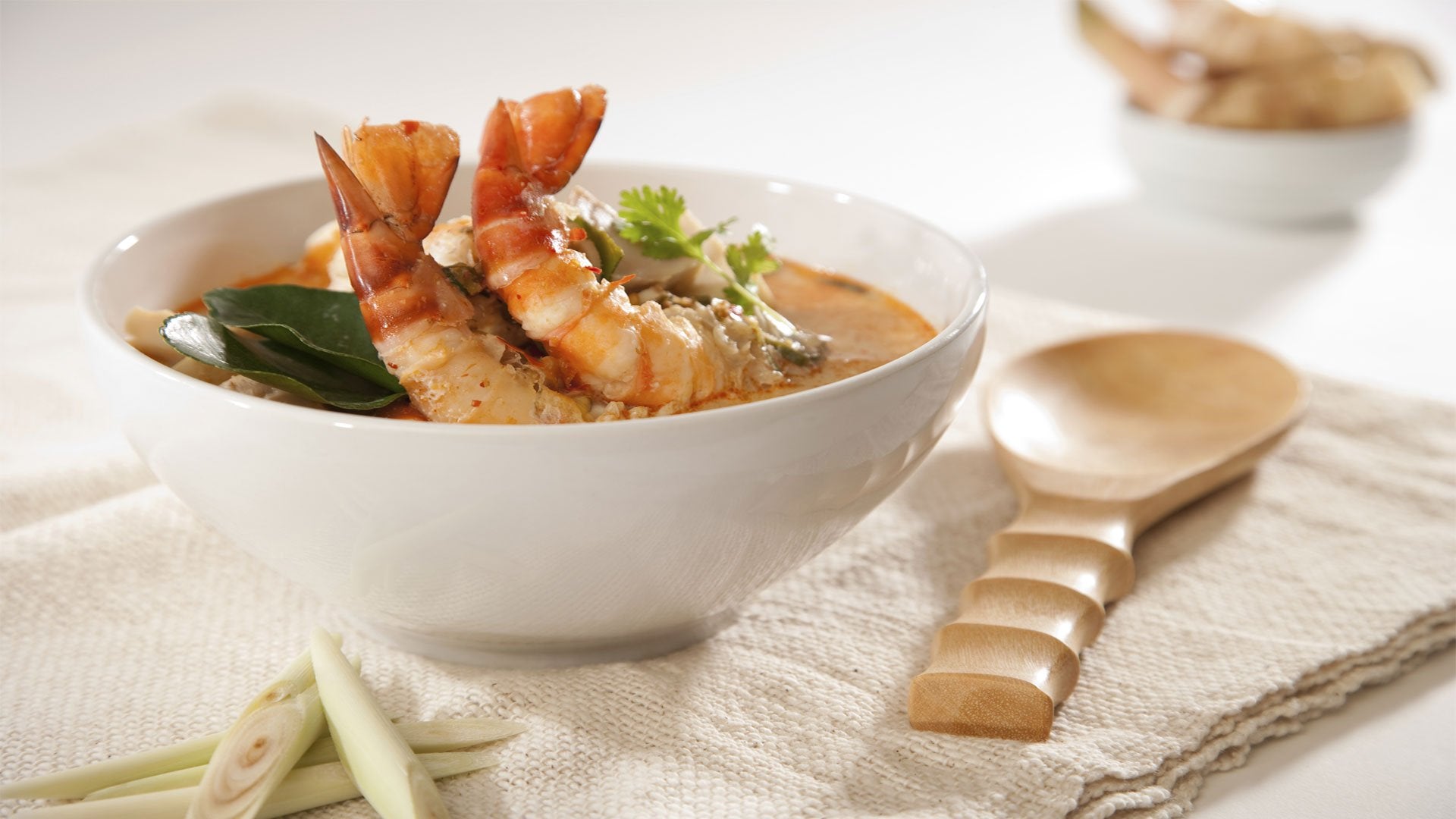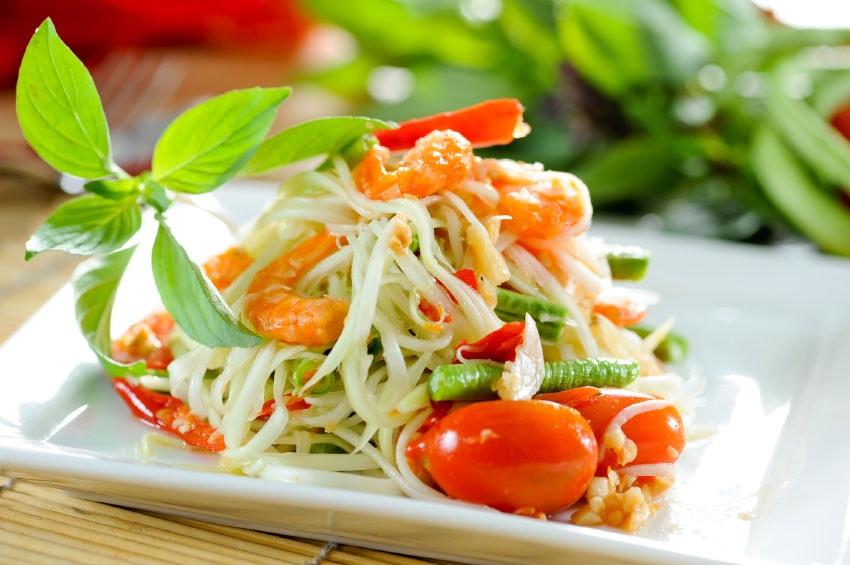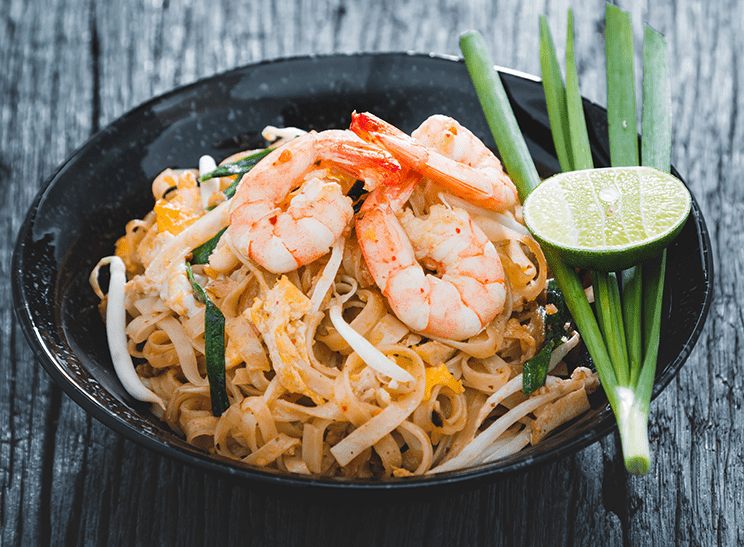Noodles also known as ‘men’ in Japanese are renowned as a staple dish in Japan. They are used in a wide range of Japanese cuisine from soups, salads or stir-fries and can be eaten as a quick on the go snack or dressed up and made into a delicious and filling meal. In this guide, we share key information about 3 popular types of Japanese noodles and how they are commonly consumed.

Udon noodles are a wheat-based noodle (wheat-flour) and are also the thickest type of Japanese noodles, originally eaten as a thick and filling substitute for rice. They can be served either hot; being added to soups and stir-fry or cold with a variety of dipping sauces. When served in their simplest form, however, udon noodles are typically only garnished with sliced spring onions. While more punchy and exciting toppings for udon include shredded seaweed, chilli flakes and sesame seeds. There are over 20 varieties of Japanese udon noodles, which vary from being served hot, cold or from the different native regions of origin.
Hot Udon Noodles
Some hot udon noodles include Tsukimi noodles, which might seem plain in appearance but are actually submerged in a flavoursome broth and topped with a raw egg (sometimes cooked). Another type of hot udon noodle is Tanuki, which is udon noodles simply topped with Tenkasu (a deep fried flour batter often used in Japanese cuisine).
Cold Udon Noodles
Zaru and Salad are just a couple of cold udon noodle varieties (there are so many). Zaru udon is named after the bamboo tray or matt which it is served on and is always served with shredded seaweed and Tsuyu dipping sauce. While salad udon is exactly how it sounds, udon noodles topped with a range of salad vegetables such as cucumbers, lettuce and tomatoes and again drizzled with Tsuyu sauce. Salad udon can also be served with soy sauce and is often topped with Tuna lightly mixed with mayonnaise.
Soba which translates to ‘buckwheat’ in Japanese is a buckwheat based Japanese noodles, (typically a simple combination of buckwheat flour and water). You can identify soba noodles by their thin, straight and brown appearance and also by their subtly nutty and earthy taste. They are most often consumed in salads and a range of hot and cold noodle dishes.
Some types of Soba noodles include tensoba or tempura soba, tororo soba and tsukimi soba.
Tensoba/tempura noodles are served with tempura prawns and can also be mixed with a range of other seafood (such as squid and scallops) and vegetables to enhance the flavours. When served hot, the tempura prawns are presented on top of the noodles while cold soba noodles will serve the prawns on the side.
Tororo soba are noodles served with the Japanese topping tororo. This topping is made from a Japanese yam that is most commonly grated on top of the hot soba noodle dish but can sometimes also be served cold. Tsukimi soba noodles are similar to Tsukimi udon noodles and are also served with a raw egg placed on top.
Somen is a Japanese noodle more often served cold in comparison to other types of noodles.
Somen is a wheat-flour based Japanese noodle. They are white and round in appearance and are also the thinnest type of Japanese noodle, measuring slightly over 1mm in width. Their size is why somen noodles are popularly consumed as a light noodle dish in Japan and often served cold in the summer months for a light and refreshing meal. Some popular flavours to add to somen noodles include tsuyu sauce, spring onions, ginger and wasabi sauce.












Leave a comment